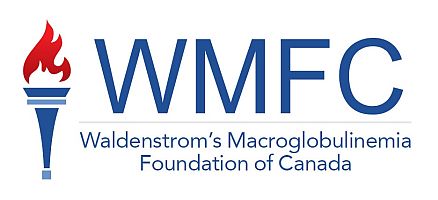A project that has been a long time in the making came to fruition earlier this year. The goal of the WMFC was to have a series of video conferences led by key WM researchers, and to specifically invite Canadian Medical Professionals to learn more about our disease from those who know it best.
This required a lot of things to come together:
- Availability of at least one key speaker. With the assistance of the Dana-Farber Cancer Institute, and in particular Christopher Patterson (the Administrative Director of the Bing Center for WM), we were able to get our program onto the schedule of Dr. Steven Treon, for a series of three lectures.
- Funding for the event. Despite being “free” to the viewers, these things actually cost money to put on. BeiGene, the maker of Zanubrutinib (Brukinsa), kindly provided us with an educational grant to cover all the costs.
- Access to a platform more suited to such an event than Zoom. The IWMF stepped in and arranged for us to be able to use the platform they are now using for similar webinars.
- Advertising to our target audience. We reached out to the Canadian Hematology Society, the Canadian Association of General Practitioners in Oncology, the College of Family Physicians of Canada, the Canadian Association of Nurses in Oncology, and the Canadian Association of Physician Assistants. Plus our members spoke directly to their medical teams on our behalf.
After more than a year of working these items in the background, they finally came together. On Jan. 20th, 2022; Mar. 10th, 2022; and May 19th, 2022, Dr. Treon presented a WM update to Canadian medical professionals. The lecture in March was specifically held in the Pacific time zone, to enable those in the western part of Canada to participate in a time slot more accessible to them.
This was the WMFC’s first foray into dealing more directly with Canada’s medical world. It has been a great success, both from the direct consequences, and the learnings we have taken as an organization:
- We learned the organizations of medical professionals that we may want to interact with again, in the future (see the list above).
- We learned that of the 450 doctors who are members of the Canadian Hematology Society, about 50% of them do only thrombosis (blood clots), and another approximately 25% only do other “benign hematology”, and not cancers. So our key target audience was much smaller than we thought or expected.
- We added to our list of medical professionals known to us.
- We raised awareness of the WMFC among medical professionals.
- We learned about how many such events are necessary to reach Canadian medical professionals
- We learned a lot about the effort and time commitment needed from our volunteers to put on these events.
- We added some terrific videos to our YouTube channel (see below).
- We solidified our relationship with at least one “pharma” company.
- And most importantly, based on feedback to us, we improved the WM knowledge of at least a few medical professionals — this made it all worth while!
Two of these lectures are available for your viewing. We hope you find them useful!
- From the March event. (This one is thought to be more patient-friendly.)
- From the May event.
